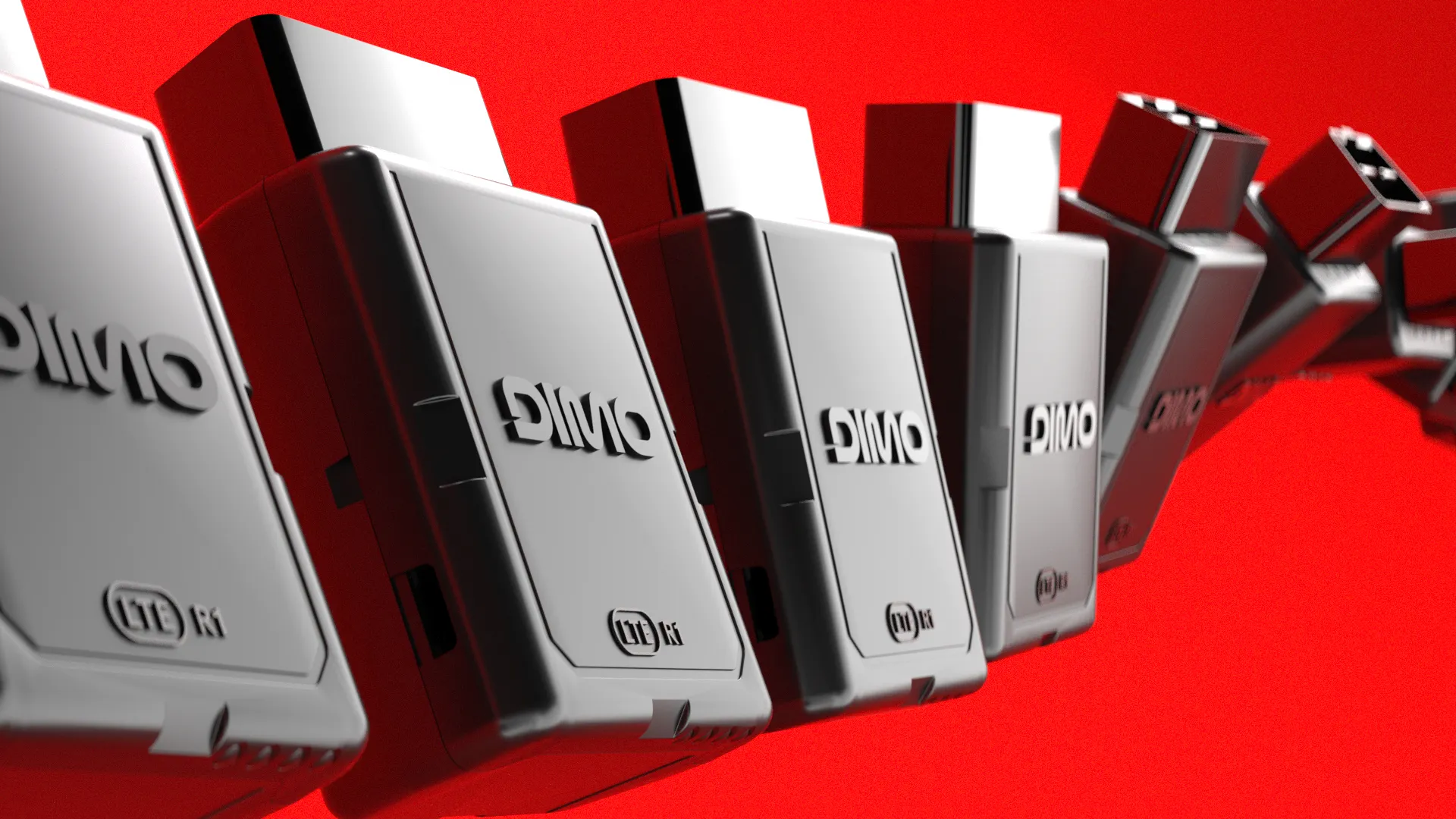
Coin Prices
BTC
$118,159.00
-0.69%ETH
$3,812.72
-1.59%XRP
$3.12
-1.63%BNB
$800.14
-3.45%SOL
$180.70
-2.95%USDC
$0.999813
0.00%STETH
$3,807.40
-1.73%DOGE
$0.221882
-4.00%TRX
$0.334562
1.58%ADA
$0.778779
-3.34%WSTETH
$4,605.11
-1.31%WBTC
$117,950.00
-0.74%HYPE
$42.97
-3.74%SUI
$3.78
-5.29%XLM
$0.416895
-3.69%WBETH
$4,096.00
-1.66%LINK
$17.69
-4.76%BCH
$566.13
-1.68%HBAR
$0.258454
-6.04%WEETH
$4,086.66
-1.43%AVAX
$23.99
-5.79%WETH
$3,812.31
-1.52%LTC
$109.45
-0.63%LEO
$8.97
0.04%TON
$3.37
2.70%USDE
$1.001
0.02%USDS
$0.999751
0.01%SHIB
$0.00001299
-4.63%BSC-USD
$0.999818
0.14%WBT
$44.18
-0.99%CBBTC
$118,176.00
-0.69%UNI
$10.29
-3.01%DOT
$3.87
-4.80%XMR
$317.18
-1.15%BGB
$4.53
-2.16%PEPE
$0.00001148
-4.88%CRO
$0.143295
-2.89%SUSDE
$1.19
0.07%AAVE
$281.95
-4.18%ENA
$0.577982
-8.80%TAO
$377.19
-7.79%NEAR
$2.69
-4.54%ETC
$21.49
-4.00%PI
$0.423011
-3.69%APT
$4.53
-4.83%ONDO
$0.953162
-5.53%OKB
$48.14
-0.92%ICP
$5.39
-5.20%JITOSOL
$220.26
-2.90%MNT
$0.772101
-2.44%KAS
$0.0935
-6.26%BUIDL
$1.00
0.00%PENGU
$0.03790611
-7.37%WETH
$3,813.28
-1.22%ALGO
$0.257777
-4.88%BONK
$0.00002838
-12.96%USD1
$0.998843
0.20%ARB
$0.419518
-6.41%VET
$0.02481843
-2.58%GT
$17.58
-1.53%ATOM
$4.51
-4.95%RENDER
$3.89
-6.95%POL
$0.219249
-5.63%FTN
$4.58
-0.19%WLD
$1.061
-5.97%TRUMP
$9.43
-3.47%SPX
$2.02
-7.62%FET
$0.700046
-3.32%SKY
$0.085853
-4.09%SEI
$0.311451
-8.08%BNSOL
$192.48
-2.98%SUSDS
$1.061
0.01%RETH
$4,340.27
-1.30%QNT
$119.43
-4.59%FLR
$0.02493787
-2.08%FIL
$2.53
-4.97%RSETH
$4,000.64
-1.46%IP
$5.60
-4.49%LBTC
$117,841.00
-0.88%JLP
$5.05
-0.97%XDC
$0.098975
8.14%JUP
$0.526766
-7.35%USDTB
$0.999953
0.01%OSETH
$4,025.39
-1.10%KCS
$11.24
-3.33%METH
$4,076.61
-1.49%LSETH
$4,120.04
-1.52%INJ
$14.08
-7.12%USDT0
$0.998975
-0.22%CRV
$0.984687
-4.45%TIA
$1.81
-9.24%FDUSD
$0.996689
-0.19%NEXO
$1.31
-0.26%EZETH
$4,012.21
-1.74%OP
$0.710971
-8.98%USDT
$0.999704
-0.01%STX
$0.765715
-4.68%USDF
$0.999909
0.07%SOLVBTC
$117,917.00
-0.77%FLOKI
$0.00011418
-7.84%JUPSOL
$203.40
-3.05%FARTCOIN
$1.079
-8.88%WBNB
$800.18
-3.27%IMX
$0.550755
-6.30%USDC
$0.999962
0.16%CFX
$0.19496
-26.06%GRT
$0.100714
-5.20%WIF
$0.977327
-9.07%S
$0.302753
-5.82%CAKE
$2.83
-5.73%PYUSD
$0.99996
0.06%PAXG
$3,335.81
0.32%WBTC
$117,975.00
-0.54%ENS
$28.38
-3.83%SYRUPUSDC
$1.11
0.14%SAROS
$0.355475
-3.41%MSOL
$237.05
-2.88%CLBTC
$120,697.00
0.54%KAIA
$0.159195
-2.70%LDO
$1.033
-6.43%VIRTUAL
$1.37
-8.01%XTZ
$0.838808
-4.46%EETH
$3,799.28
-1.29%PUMP
$0.00246946
1.21%A
$0.538605
-3.18%THETA
$0.838156
-5.34%XAUT
$3,332.02
0.71%SUPEROETH
$3,811.65
-1.83%CMETH
$4,070.02
-1.23%RAY
$2.98
-6.81%CGETH.HASHKEY
$3,978.35
-0.80%IOTA
$0.200888
-4.69%JASMY
$0.0157727
-7.53%GALA
$0.0164568
-6.30%PENDLE
$4.43
-1.82%SAND
$0.290337
-4.93%PYTH
$0.122807
-7.90%AERO
$0.81572
-4.46%OUSG
$111.98
0.01%BTT
$0.0000007
1.77%USDY
$1.087
0.79%USDX
$0.997705
-0.06%JTO
$1.87
-5.06%TBTC
$117,927.00
-0.47%WETH
$3,813.82
-1.71%ZEC
$39.26
-4.55%FLOW
$0.391941
-3.65%AB
$0.00856493
-0.06%ETHX
$4,056.05
-1.58%HNT
$3.16
-9.19%USD0
$0.997649
0.02%MORPHO
$1.81
-1.75%WAL
$0.42176
-6.68%RLUSD
$0.999617
0.04%BTC.B
$118,171.00
-0.40%DOGE
$0.222527
-3.39%MANA
$0.297131
-4.58%USDD
$0.999603
-0.04%XSOLVBTC
$116,920.00
-0.84%WETH
$3,815.26
-1.65%CBETH
$4,202.99
-1.73%MOG
$0.00000141
-7.80%BSV
$27.66
-3.75%BDX
$0.076143
-1.44%M
$0.326621
0.92%XCN
$0.01571722
-1.15%SYRUP
$0.447939
-13.16%CORE
$0.532413
-2.80%BRETT
$0.051859
-9.02%SWETH
$4,173.25
-1.82%B
$0.504944
8.33%TUSD
$0.99797
-0.04%TEL
$0.00537818
-4.95%ETHFI
$1.17
-3.82%RSR
$0.00835187
-4.44%RUNE
$1.39
-5.01%AR
$7.44
-7.58%APE
$0.608382
-3.11%NFT
$0.00000049
1.53%KTA
$1.13
-7.86%FRXETH
$3,791.10
-1.58%SDAI
$1.16
0.04%STRK
$0.125809
-5.56%NEO
$6.37
-4.67%AIOZ
$0.374838
-6.04%WETH
$3,811.72
-1.73%DYDX
$0.586867
-5.03%WHYPE
$42.97
-3.72%COMP
$46.78
-5.85%ZBCN
$0.00503472
1.17%WEMIX
$0.944301
-4.60%EGLD
$15.01
-6.71%XEC
$0.00002147
-5.00%TETH
$4,620.86
-1.47%DEXE
$7.35
-0.23%SUN
$0.02175521
2.37%KAVA
$0.384397
-2.61%USDC.E
$0.999818
-0.00%TRIP
$13.99
-1.47%EIGEN
$1.30
-4.92%USYC
$1.095
0.00%DEEP
$0.164377
-7.50%USDB
$0.996659
-0.15%ZK
$0.055666
-4.40%USDT
$1.00
-0.30%TKX
$5.00
-0.31%DAI
$1.00
-0.04%USTB
$10.77
0.03%AXS
$2.39
-5.34%REKT
$0.00000095
0.09%CHZ
$0.04041898
-5.08%BEAM
$0.00752607
-7.83%VENOM
$0.183655
-3.70%W
$0.081773
-3.68%WAVAX
$24.00
-5.76%UBTC
$118,077.00
-0.81%RON
$0.544379
-3.35%BBSOL
$197.91
-2.86%SAVAX
$29.18
-5.59%SUPER
$0.824399
-6.27%1INCH
$0.266524
-3.48%OHM
$22.36
-0.34%JST
$0.03695194
-1.12%AXL
$0.361475
-6.08%ATH
$0.03427489
-2.75%MOVE
$0.140011
-4.33%EOS
$0.538396
-3.27%EBTC
$117,816.00
-0.70%GNO
$132.94
-1.72%AKT
$1.27
-5.54%STHYPE
$42.87
-3.60%WBTC
$117,992.00
-0.72%CVX
$4.20
-11.82%DOG
$0.00338891
-1.47%ETH+
$4,013.30
-1.26%LUNC
$0.00005942
-3.70%SFRXETH
$4,297.35
-1.50%POPCAT
$0.334893
-6.89%TWT
$0.785625
-3.58%CTC
$0.712144
-4.06%TURBO
$0.00470631
-5.99%MATIC
$0.219132
-5.37%BUSD
$0.998987
0.25%AMP
$0.00370639
-3.54%USDG
$0.99983
0.04%QUBIC
$0.00000253
5.76%GHO
$0.998387
0.05%USELESS
$0.303821
-6.73%




